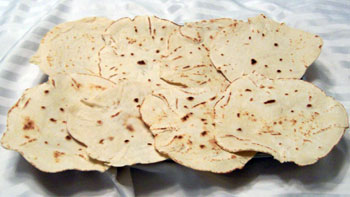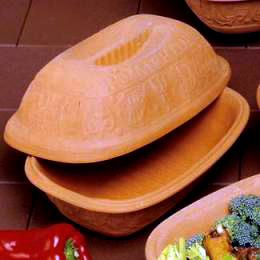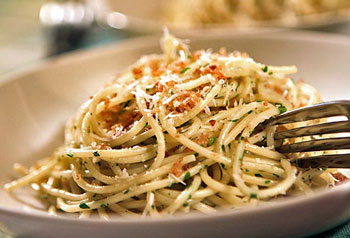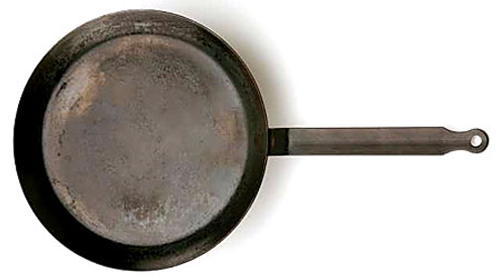 I am a control freak.
I am a control freak.
I think most good chefs are. Leaving things to chance is how you get in trouble in the kitchen- so I’m an avid organizer, chronic double checker and maniacal listmaker.
But food is funny about control. I am not a machine that orders chemically processed and manipulated items into submission. The best ingredients we all cook with are fluid, not static. They come from the land, sky, soil and sea. As much as we understand the science behind nature, it’s important to remember its unpredictability.
And that, your honor, is the case for the defense.
Perfect food presentation is my Achilles heel. I fantasize about serving scrumptious morsels of food that no one wants to touch – let alone eat- because they are just so beautiful. I spend a lot of time in the kitchen with my inner critic (I call her Martha, for pretty obvious reasons) telling me I’m not good enough.

 Let me be unequivocal here: I hate my clay pot.
Let me be unequivocal here: I hate my clay pot.
 The tech revolution has been a long time in coming to the kitchen. Our
coffee machines are so advanced that they can practically drive us to
work, but Internet-controlled toasters and Web-enabled refrigerators
became punch lines.
The tech revolution has been a long time in coming to the kitchen. Our
coffee machines are so advanced that they can practically drive us to
work, but Internet-controlled toasters and Web-enabled refrigerators
became punch lines.
 I've just discovered the magic of fresh bread crumbs. You might say it's about time, after 30 years of cooking. But I would remind you that I said the "magic" of fresh bread crumbs, not the "utility."
I've just discovered the magic of fresh bread crumbs. You might say it's about time, after 30 years of cooking. But I would remind you that I said the "magic" of fresh bread crumbs, not the "utility."

